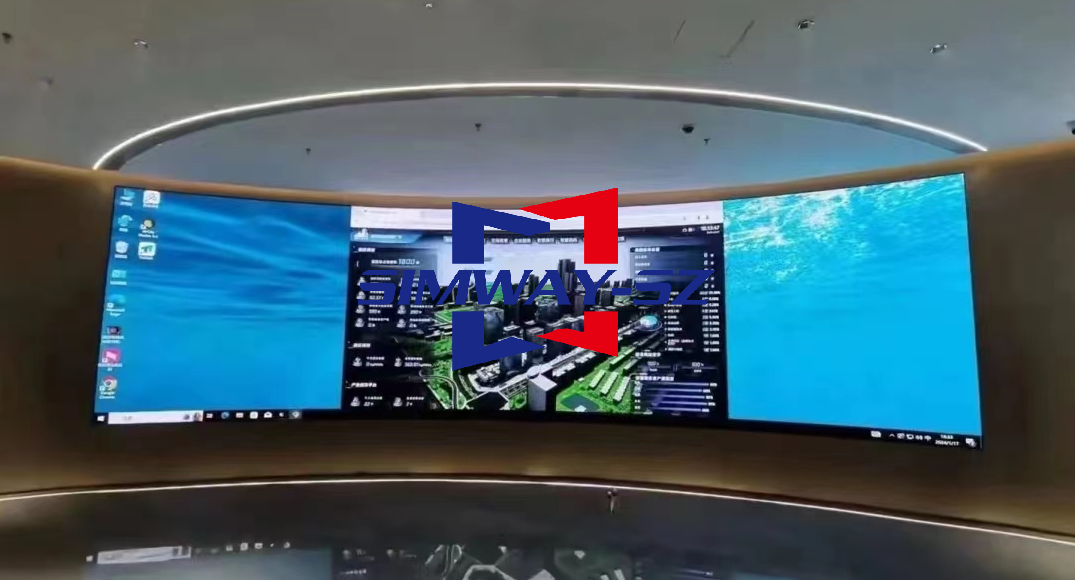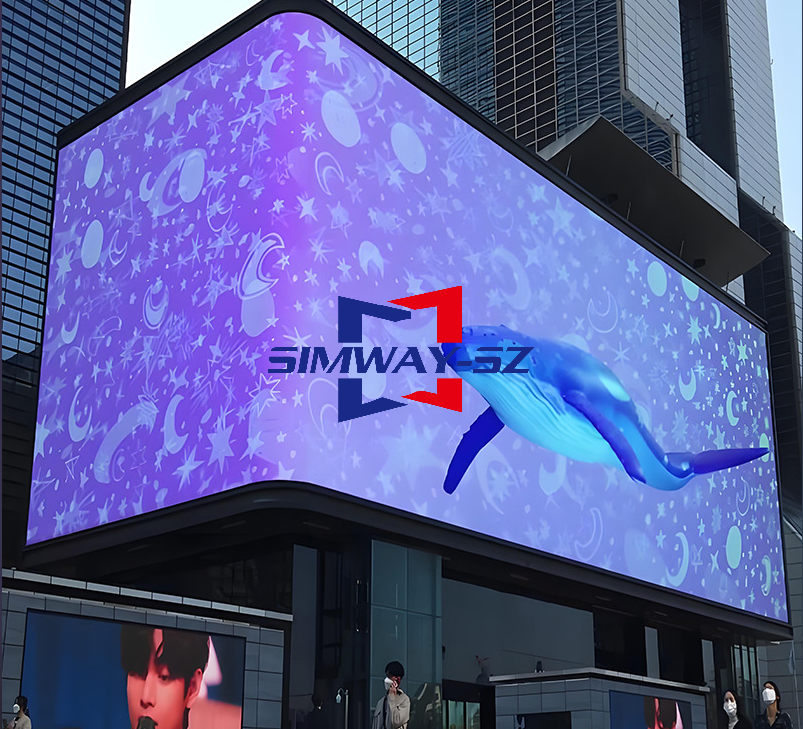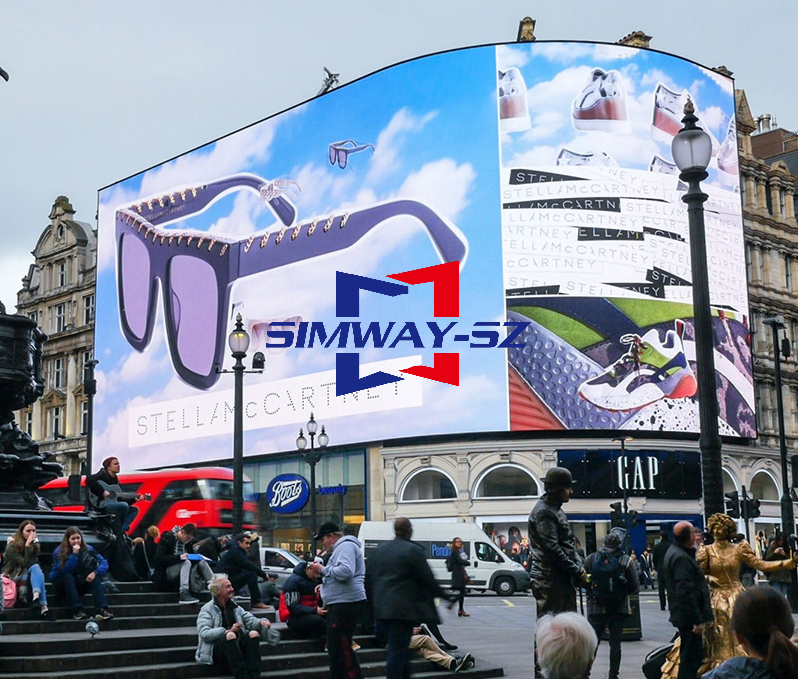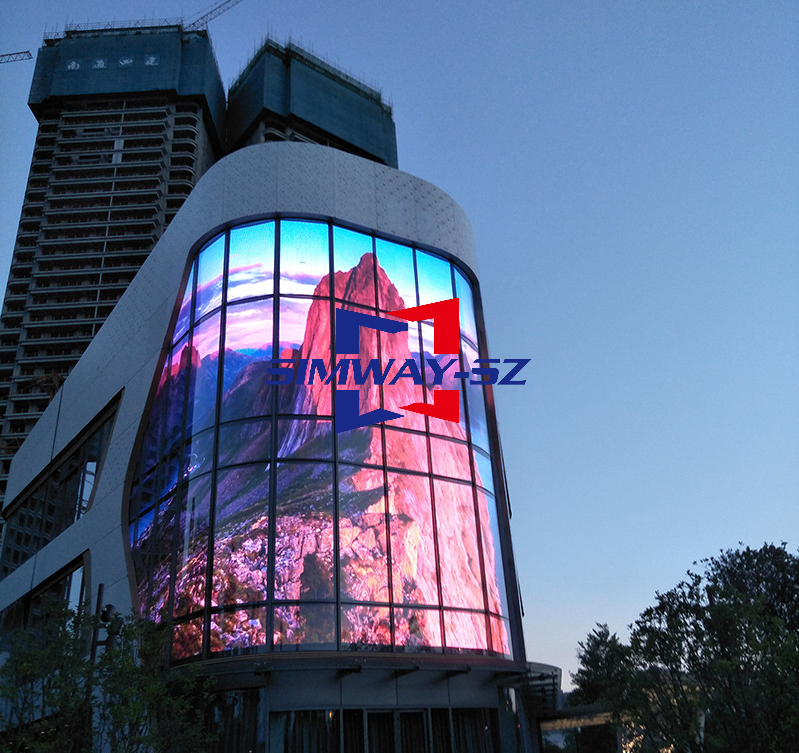
custom Support & Sale
+86 180 2877 9262

Working Time
Mon-Sat: 08:00-18:00
Hospital Information Displays: Curved screens are installed in hospital lobbies, waiting areas, and corridors to display information such as hospital services, department locations, and health tips. Their eye-catching visuals help patients and visitors quickly access information while also enhancing the hospital's technological and modern image.
Conference Rooms and Boardrooms: Curved displays in conference rooms and boardrooms make presentations more dynamic and engaging. Presenters can use curved screens to showcase reports, charts, and multimedia content, allowing participants to view information from multiple angles with minimal distortion. This enhances communication and collaboration efficiency.

Control Centers and Command Rooms: Curved LED display walls are essential in the control centers and command rooms of industries like transportation, energy, and public security. They provide a comprehensive view of data and critical information, enabling operators to monitor and analyze large amounts of data simultaneously. This facilitates faster decision-making and improves operational efficiency.
Factory Monitoring and Production Control: In manufacturing plants, curved screens are used to display production line data, equipment status, and quality control information. Workers can monitor the production process in real time from different angles, allowing for timely identification of issues and optimized production efficiency.
Product Showcases and Advertising: Curved LED screens in retail stores attract customer attention and enhance product displays. Retailers can use curved screens to showcase product features, promotional activities, and brand stories in dynamic and visually appealing ways. For example, curved screens can be placed in store windows or central display areas to create eye-catching advertising displays, increasing customer engagement and boosting sales.

In-Store Information and Guidance: Curved screens installed in shopping malls and large retail stores can display directory maps, store locations, and event information, helping customers navigate quickly and find desired products or services.
Airports and Train Stations: Curved LED displays in airports and train stations provide real-time information on flight and train schedules, gate changes, and boarding details. Their wide viewing angles and high brightness ensure that passengers can easily access information even from a distance or at odd angles, improving travel efficiency.

Public Transportation Vehicles: Curved screens inside buses and trains display route maps, stop announcements, and advertisements. Their curved design blends seamlessly with the vehicle's interior, offering passengers a more comfortable viewing experience while enhancing the visual appeal of the vehicle.
Museums and Art Galleries: Curved LED screens in museums and art galleries provide visitors with immersive exhibits. Curved screens can display artworks, historical artifacts, and cultural heritage in dynamic formats, accompanied by multimedia content such as animations and videos. This enhances the storytelling aspect of exhibits and deepens visitors' understanding of the displayed items.
Public Art Installations: Curved screens are used in public spaces to create dynamic art installations. Artists can utilize curved screens to present digital artworks, light shows, and interactive installations, adding artistic and cultural value to public spaces.
Sports Venues: In sports arenas, curved LED displays are used for real-time match broadcasts, game status updates, and advertising. Their wide viewing angles ensure that spectators from all seats can enjoy clear visuals, enhancing the overall viewing experience.
Exhibitions and Events: At exhibitions, trade shows, and live events, curved LED screens create visually stunning displays that leave a lasting impression on attendees. Curved screens can be used to showcase product launches, corporate images, and event highlights, attracting visitor attention and boosting event engagement.
Architectural Design: Architects and interior designers use curved LED display walls to create stunning visual elements in building designs. From interactive digital art installations to dynamic lobby displays, curved screens add unique artistic flair to architectural spaces.

In summary, curved LED screens, with their immersive visual experiences and wide viewing angles, have broad applications across healthcare, education, business, industry, retail, transportation, and other sectors. They play a significant role in enhancing information display, improving work efficiency, and enriching visual experiences. As technology continues to advance, the applications of curved screens are expected to expand further.